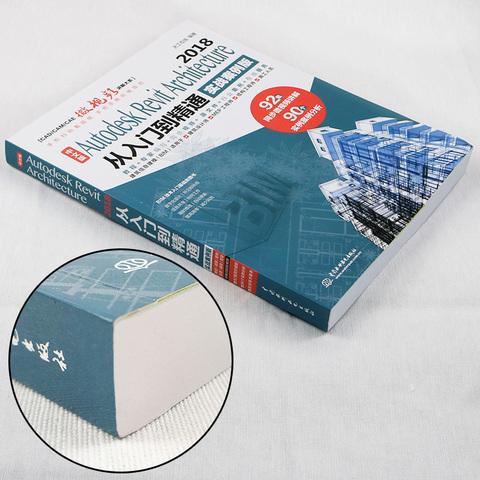Revit软件中文教程:从入门到精通,快速掌握Revit建模技巧

Introduction:
Revit is a powerful software tool used in the field of architectural design and construction. This comprehensive tutorial will guide you through the process of learning and mastering Revit, enabling you to quickly gain proficiency in its modeling techniques. By following this tutorial, you will enhance your skills from a beginner level to that of an expert, allowing you to efficiently create detailed and accurate architectural models.
I. Understanding the Basics of Revit (300 words)
1. Introduction to Revit: Explanation of what Revit software is and its importance in the architectural industry.
2. User Interface: Understanding the various components of the Revit user interface and their functionalities.
3. Project Setup: Step-by-step guide on how to set up a new project in Revit, including project templates, units, and levels.
II. Building Components and Elements (400 words)
1. Walls: Exploring the different types of walls and their properties in Revit.
2. Floors: Understanding how to create and modify floors in Revit, including adding slopes and structural properties.
3. Roofs: Learning how to create different types of roofs, such as flat, gable, and hip roofs, and customizing their properties.
4. Doors and Windows: Exploring the various door and window options in Revit and placing them in the model.
5. Stairs and Railings: Understanding how to create and customize stairs and railings in Revit to fit your design requirements.
III. Advanced Modeling Techniques (600 words)
1. Family Creation: Exploring the process of creating custom families in Revit, such as furniture, fixtures, and equipment.
2. Massing and Conceptual Design: Understanding how to create mass models and use them as a basis for your architectural designs.
3. Curtain Walls: Learning how to create and customize curtain walls, including the placement of panels and grids.
4. Modeling Complex Forms: Exploring advanced modeling techniques, such as creating organic shapes and detailed facades.
5. Structural Modeling: Understanding how to create and modify structural elements, such as columns, beams, and foundations.
IV. Detailing and Documentation (400 words)
1. Annotation and Dimensions: Exploring the annotation tools in Revit and how to add dimensions and tags to the model.
2. Views and Sheets: Understanding how to create and customize different views, such as floor plans, sections, and elevations. Also, learning how to create sheets for documentation purposes.
3. Schedules: Learning how to create schedules in Revit to extract information from the model, such as quantities and materials.
V. Collaboration and Visualization (300 words)
1. Collaborating in Revit: Understanding how to work on a project collaboratively with other team members using Revit's collaboration tools.
2. Rendering and Visualization: Exploring the rendering capabilities of Revit and learning how to create realistic visualizations of your architectural models.
Conclusion:

This 2000-word comprehensive tutorial has provided a detailed overview of Revit software, guiding you through various aspects of the modeling process. By following this tutorial, you will be equipped with the skills necessary to efficiently create complex architectural models, from basic elements to advanced forms and detailing. Additionally, you will have learned about collaboration and visualization tools, enabling you to work effectively with other team members and create compelling visualizations of your designs. With this knowledge, you can now confidently use Revit to produce high-quality architectural models and advance your career in the field of architectural design and construction.
BIM技术是未来的趋势,学习、了解掌握更多BIM前言技术是大势所趋,欢迎更多BIMer加入BIM中文网大家庭(http://www.wanbim.com),一起共同探讨学习BIM技术,了解BIM应用!
相关培训